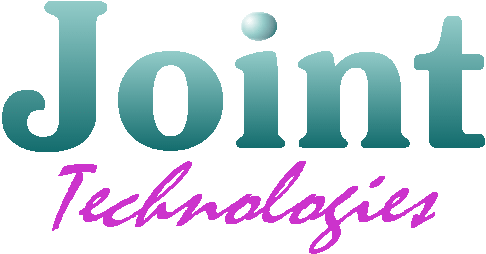An important national company in the technology sector, with products both on the Companies and Consumers market, operating on the global market, found itself in the course of a few years to face the corporate mergers that led the sales force, composed by hundreds of people, to grow almost 50%.
Quantitative growth was also accompanied by a presence in new countries and market areas. The sales force has thus found itself in contact with customers without having a homogeneous sales culture, without an idelisation to the new brand and without knowing the characteristics of the new products to be sold.
The company thus found itself in a situation where the difference in skills, experiences, languages, approaches and tools was strong, with consequent problems of commercial effectiveness. The same commercial strategies found an effective resistance in the difference of the cultures linked to the personal stories of the various sellers.
This situation was immediately evident to the Sales Department, which identified in this objective “fragmentation” of the sales force as an obstacle to the company’s expansion strategies.
The problem
Client:
Leading company in home automationYear:
2007The solution
The solution identified by the Sales Department starts from the awareness that the “commercial structure” of success is linked to the existence of an underlying practice community, built over time and experience, between sellers, technical-commercial personnel, technicians and management itself.
If the key to corporate success is the “community of practice” (1) that transversely connects people of different company functions and who accompanies and guides the people who gradually become part of it, the need to create is to create the conditions to accelerate the fusion between communities from different histories.
Which are the main elements of the solution? Beyond the organizational and training elements, the Management has identified social networking and knowledge management technologies as a powerful tool to accelerate the construction of the new community.
In particular, the technological leverage project initiative aimed to achieve the following results:
- provide a single application environment where the sales force can retrieve technical documents, communications, application tools necessary for the daily activities of salesmen and commercial technicians
- opening of a listening channel for the collection of feeedbacks and suggestions (relating to products, to the market, to competitors, etc) by sellers and technical staff
- allow a faster and deeper dissemination of skills, thus creating the conditions for identifying and acquiring best practices more easily.
(1) The communities of practice and learning are social groups whose final goal is to generate organized and quality knowledge that every individual can have free access to. (https://en.wikipedia.org/wiki/Community_of_practice)
Our contribution
In 2007 the company decided to entrust the project to a major Italian consulting company which in turn took advantage of the company “Asset” (whose management has now merged into Dolceterra) and Joint Technologies, its technical partner.
The designed solution uses web 2.0 technologies and was created by customizing an open-source collaborative CMS (Tikiwiki) (2) and integrating it into the company infrastructure (single sign-on).
The features made available by the application are:
- Documentary repository, populated with official documentation by the Management and for use by all technical and commercial staff; in the repository are collected technical and commercial documentation, multimedia materials for demo and training purposes, document models.
- Cases of success, for use by the entire sales network, to present cards of significant projects realized through the products marketed.
- Forums, specialized by product line, moderated by commercial officers recognized for their skills, and open to the use of all technical and commercial staff.
- Surveys, for the collection of feedback in relation to well-defined issues solicited by the Sales Department.
- Market analysis, for commercial use, powered by the Sales Department, to collect and disseminate data and analysis on the situation of competition, products and market sectors.
- Social areas of sharing free to exchange information / opinions / materials / services among the staff. In this area you can find flea markets, forums, etc.
(2) all components of the technological infrastructure used are open-source
Conclusions
The system is still in use and business objectives have been achieved.
It was also highlighted how the social networking and knowledge management applications applied to the business world today help the insertion in the sales network of new personnel, both technical and commercial.


